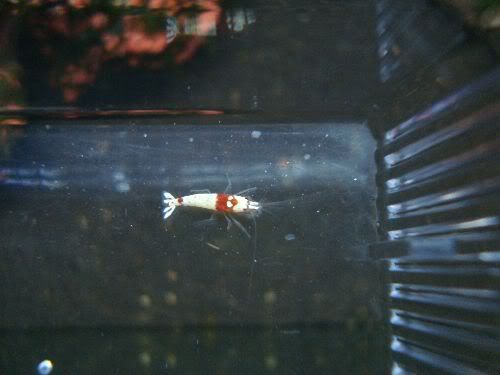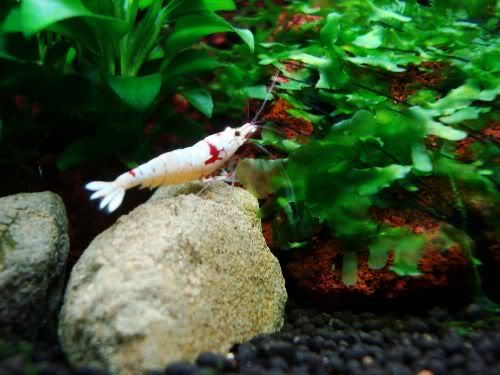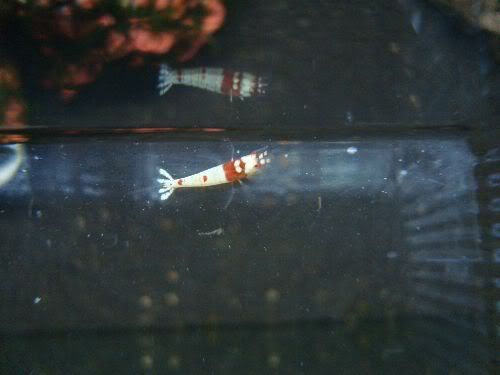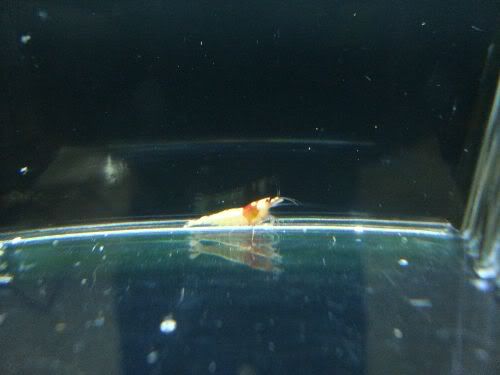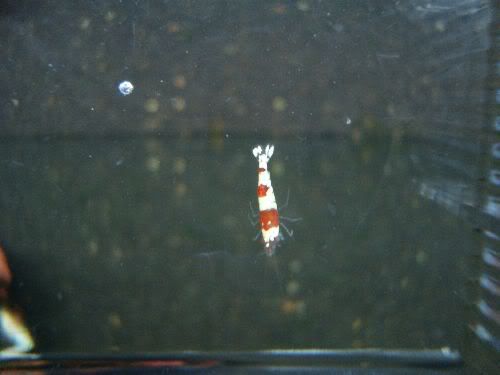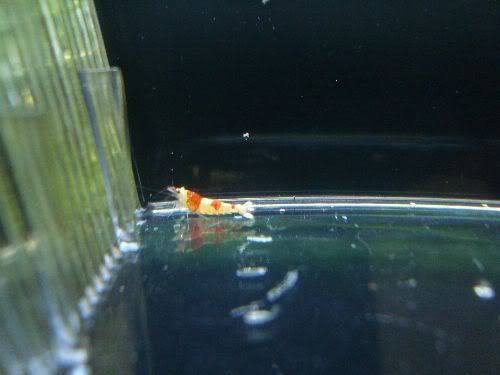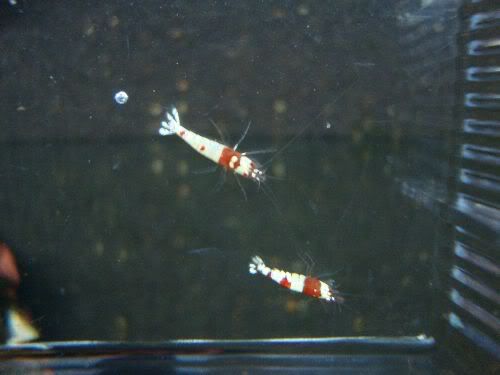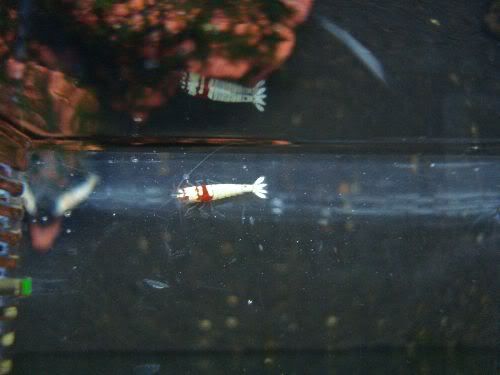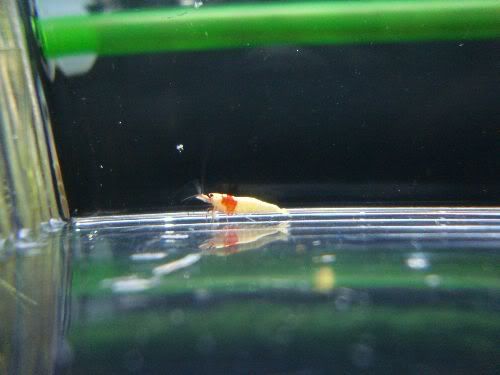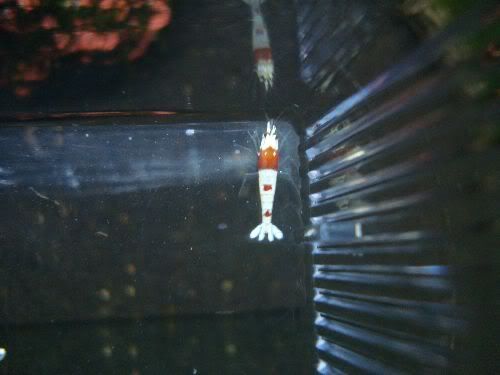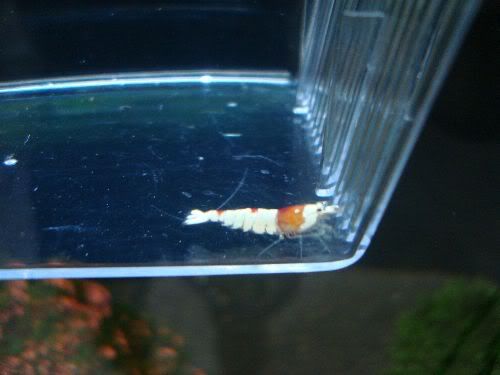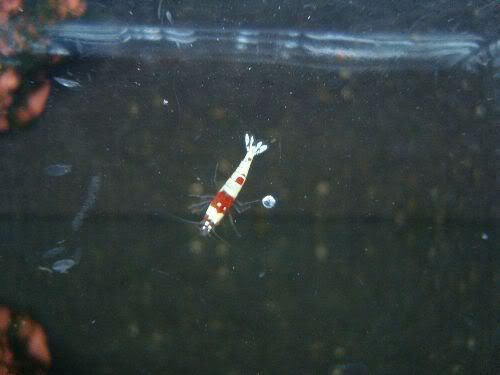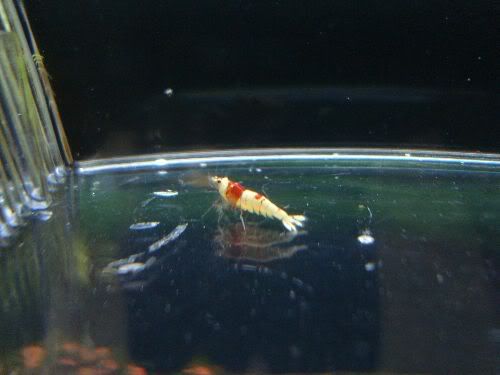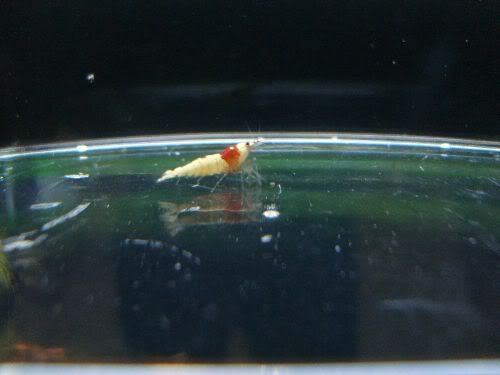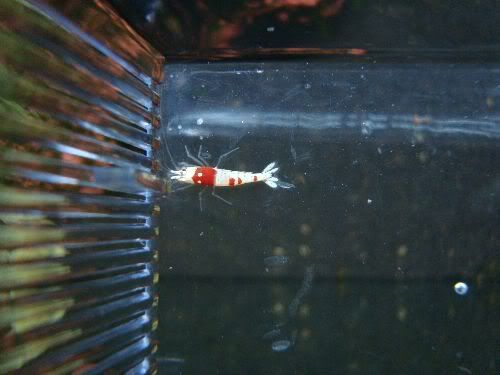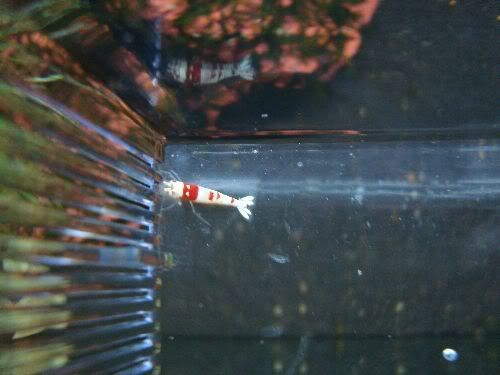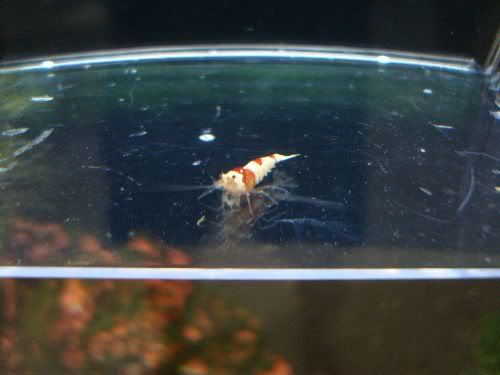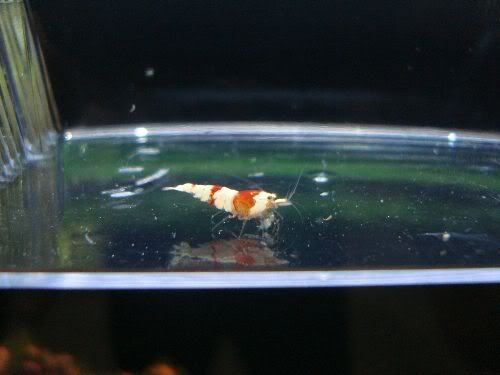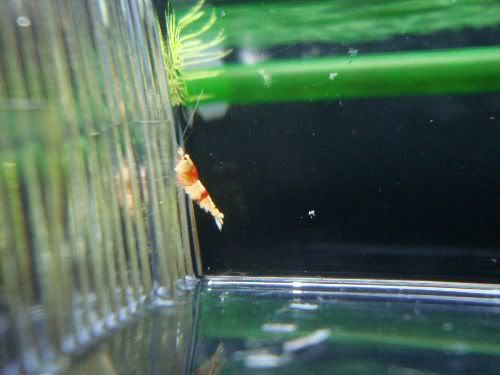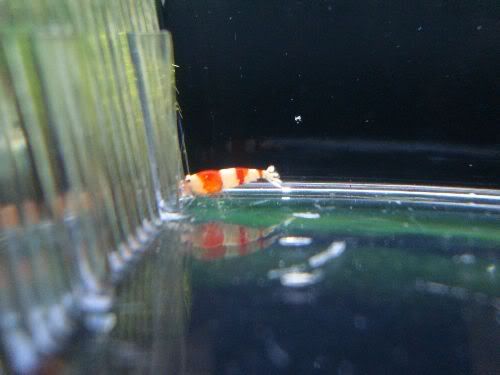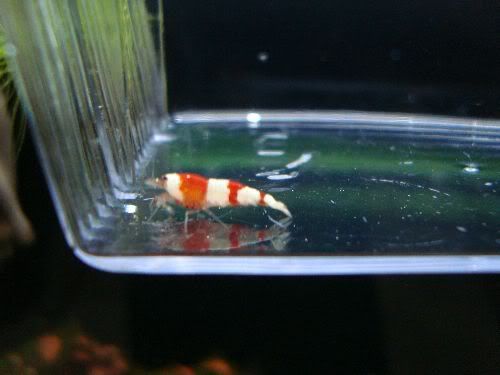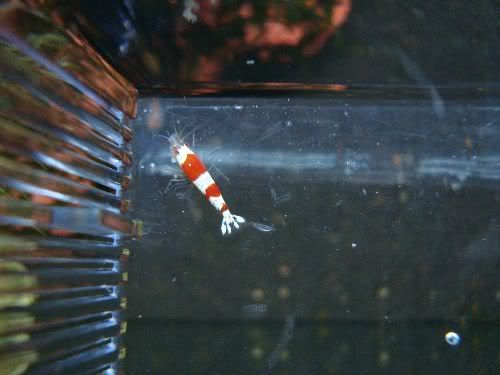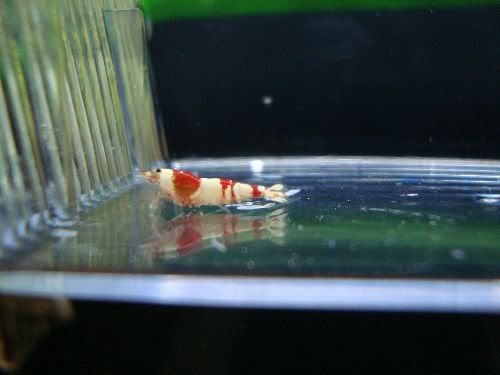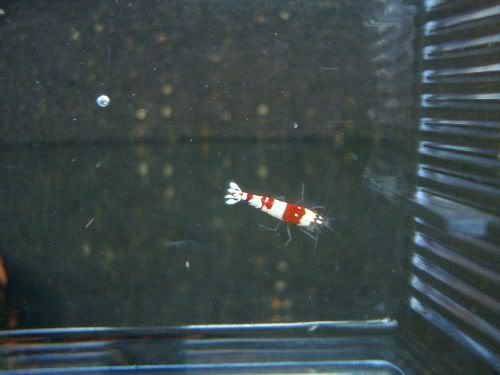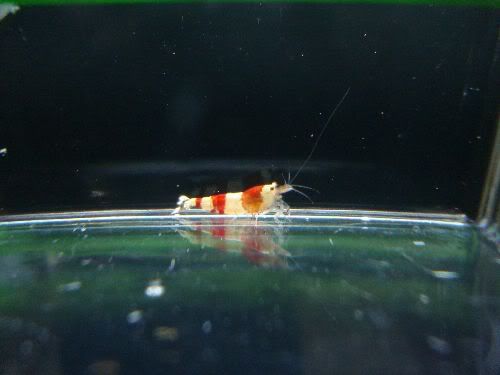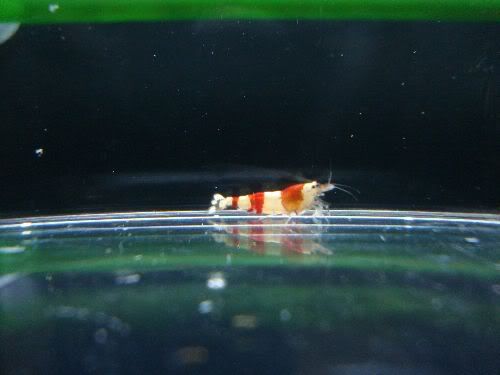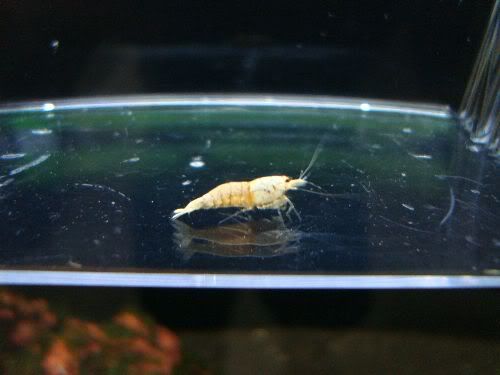(pictures coming soon!)
Heart:
This shrimp gets its name from the "heart" shape pattern on its forehead. It could also be categorised under the large maro. If you look at the pattern staring from the two white maros down to the tip of the red diamond shape, it forms a heart.
Flower head:
The Flower head Crystal Red Shrimp is unique and fascinating to watch! This specimen is also an SSS grade CRS. You can see the unique red pattern at the side of its head. Nothing that resembles a flower but its name is derived from that pattern. The Flower head.
Large maro:
Maros are the two white dots located on the head of the shrimps. Crystal red shrimps can either have large, small, multiple or even no maros. This shrimp has two large maros, forming a heart shape and almost a crown.
Small maro:
This shrimp has small maros, almost the size of just a fullstop.
Comparison between large and small maro:
Here you can clearly see the difference between the large maro and the small maro.
Mosura:
Mosura grade crystal red shrimps have a completely white body. The even better grade mosuras will have white legs and whiskers. This shrimp is under the SSS grade.
Crescent:
This shrimp gets its name from the crescent shape located on its body. Sometimes it can be considered as a SSS grade shrimp if it is a small crescent.
Little lips:
This shrimp has a very small or slim hinomaru (no entry sign) which look like little lips (lipstick mark). This shrimp will be considered under the SS grade.
Hinomaru (no entry sign):
The hinomaru (no entry sign) is a variant from the hinomaru which in japanese stands for the red circle in the japanese flag or the "sun". However, the hinomaru (no entry sign) has a white line across the circle making it look like a "stop sign/ no entry sign". It is most commonly sought after due to its unique pattern. This shrimp is under the SS grade.
Hinomaru double:
As mentioned previously, the hinomaru in japanese stands for the red circle in the japanese flag or the "sun". This pattern of the red circle is located on the shrimp's body. The hinomaru (double) has two red circles on it's body. Usually, it will have a larger hino on the mid section of its body with a smaller hino located near the tail section of its body. This shrimp is under the SS grade.
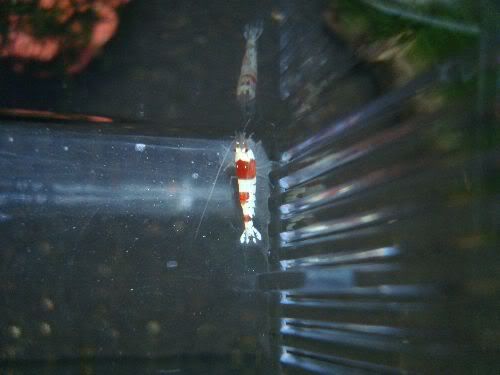
Hinomaru single: (pictures coming soon!)
Narrow v-band:
This shrimp gets its name from the v shaped band down the side of its body. It is similar to the v band but has a slightly thinner and steeper v band. this shrimp is under the S or S+ grade.
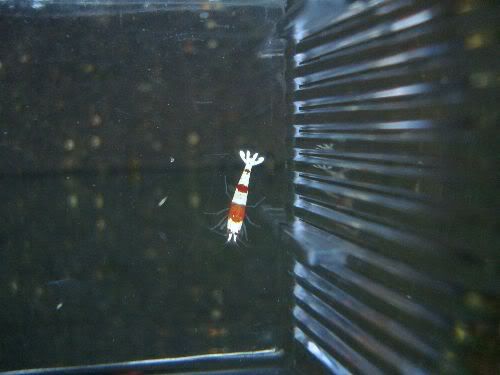
V-band:
As mentioned previously, the shrimp has a v shaped band down the side of its body. It is similar to the narrow v band but has a slightly thicker v band. This shrimp is under the S or S+ grade.
Tiger tooth:
The pattern on the side of the shrimp depicts that of two sharp teeth or fang like patterns. It is only considered as a tiger tooth if there is a white portion between the red portions as shown in the picture. This shrimp is under the S or S+ grade.
Bands:
This shrimp has bands around its body from the head to the tail section. It can either have 3 or 4 bands. It is the most common crystal red shrimp that most shrimp hobbyists would have. Depending on the white and red colouration of the bands on the shrimp, it can either be considered under the S or A grade.
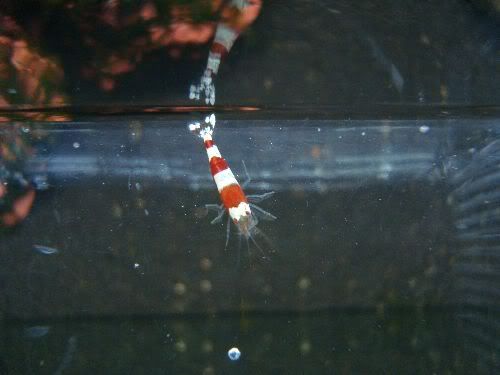
Golden:
This shrimp gets its name from the golden-ish orange tone under its white shell. The golden shrimp usually carries the red genes (CRS) while the snow white carries the black genes (BDS). Goldens can be used to selectively breed out better grades such as the SSS or SS grades.
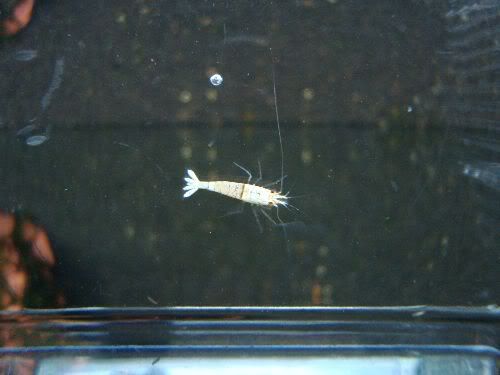

Snow White:
(pictures coming soon!)
* Note that the grading of black diamond shrimps (BDS) will be similar to that of the crystal red shrimps (CRS) as shown above.
